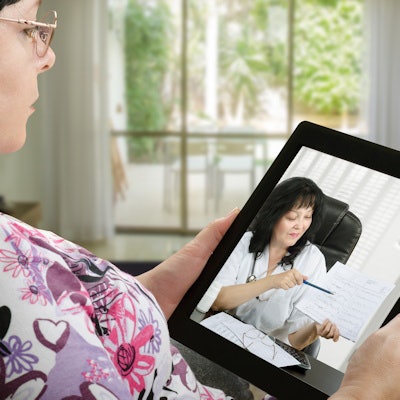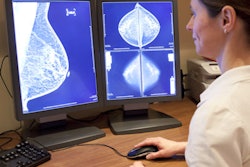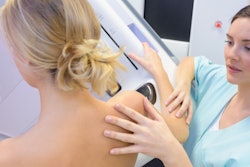
Patients prefer receiving screening mammography results via a video message from their radiologist -- even more than a mailed letter or a phone call from their primary care provider, according to a study published online March 6 in Academic Radiology.
The study results suggest an effective way radiologists could interact with patients, wrote a team led by Dr. Rifat Wahab of the University of Cincinnati Medical Center in Ohio.
"Video messages represent a potential opportunity to improve communication and patient satisfaction by 'giving a face' to the radiologist interpreting the mammogram," the team wrote.
Research has shown that patients are interested in direct consultations with radiologists after an imaging exam, Wahab and colleagues noted. Breast imaging offers an excellent opportunity for this kind of direct contact, but the sheer volume of mammography studies can make face-to-face interaction difficult.
"A survey study ... found that 77% of radiologists often or always communicated abnormal results on diagnostic mammograms to their patients," the group wrote. "However, given the large volume of studies, such in-person communication is not realistic for the delivery of screening mammograms."
Wahab and colleagues explored whether offering a video message with mammography results would appeal to patients. The study included 80 asymptomatic women ages 40 and older who had a prior mammogram and presented for a screening mammogram between March and May 2019.
The women were randomly assigned to receive mammography results via video or via mailed letter or phone call, then asked to complete the survey (two breast radiologists prerecorded two messages, one for normal exams and another for abnormal). The women who received their results via video message also eventually received them by letter.
Of the 80 participants, 56 received results via video message, and of these, 54% had normal mammograms and 16% had abnormal exams. A control group included 24 respondents who received their results via letter or phone call; of these, 25% had normal mammograms (20 of 80 participants) and 5% had abnormal exams (four of 80).
Of the study participants who received video results, 77% liked this mode of communication, and of all participants in both arms of the study, 73% said they would prefer a video message from the radiologist for mammography results rather than a letter or call from their primary care provider. These respondents tended to be younger -- between 40 and 60 -- and have higher education levels (at least a college degree).
Video delivery of breast cancer screening results shows promise, Wahab's team concluded.
"The video message allowed patients to see the interpreting radiologist, giving a 'face' to the unseen doctor and avoiding literacy issues," the group wrote. "A way to communicate screening mammogram results in a patient-centric and efficient manner without interrupting workflow can be accomplished through prerecorded video messages."




















